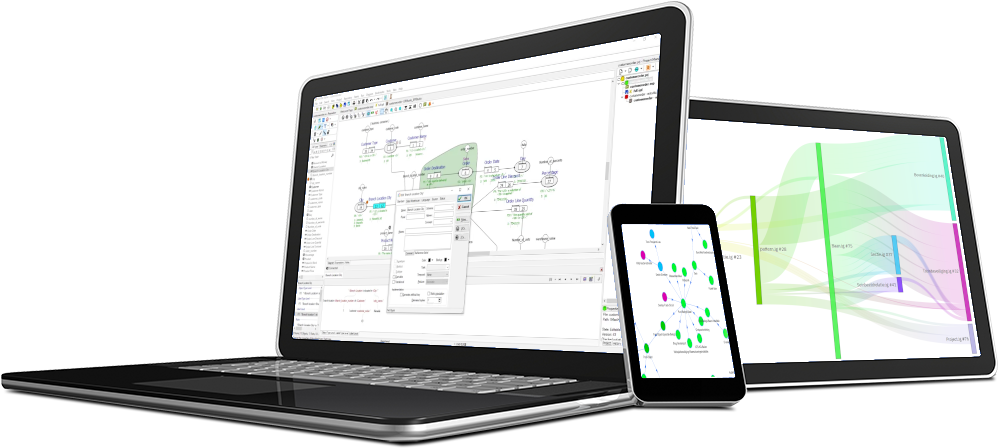When confronted with fact oriented modeling, it can be a little overwhelming. Especially for professionals who have spent years on modeling entities. These people miss the possibility to enter an entity, their attributes and the relationships. For those, we have added a wizard to get started.
In this brief tutorial, a new wizard (CaseTalk 13.3.2+) is introduced, with which single or multiple entities can be entered with ease.
To start, lets consider the following relational diagram containing two tables and a relationship.
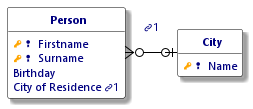
It is not clear to an untrained eye how to state concrete facts. So the wizard allows the user to simply enter the above in a few steps. We start of by entering the table names in a simple text box:

When the next button is pressed, it'll ask for columns of the various tables in sequence:
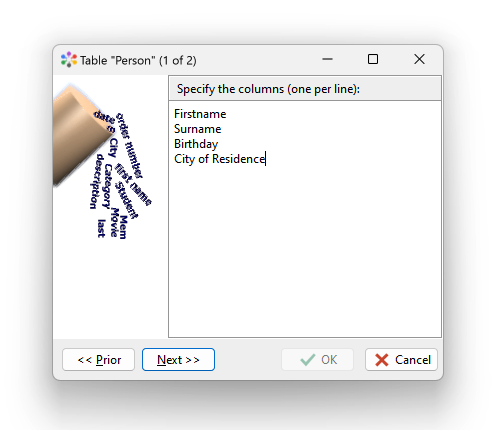
Once finished, we click the next button again to mark the potential references (or domains) and select the columns which form the primary key for the tables.
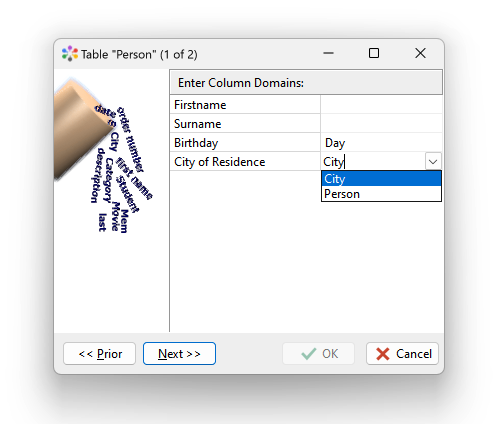
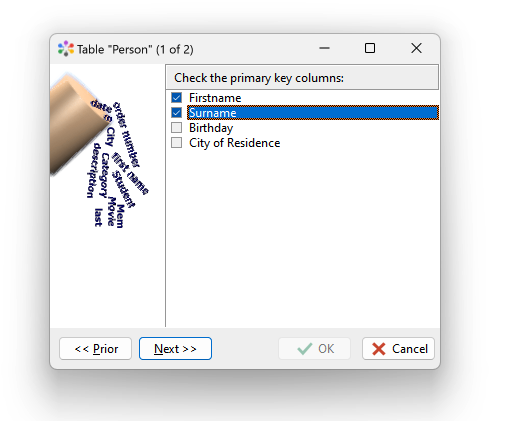
Once the person table is handled, it proceeds with the City table similarly, and we can drag and drop the information elements created by CaseTalk onto a diagram:
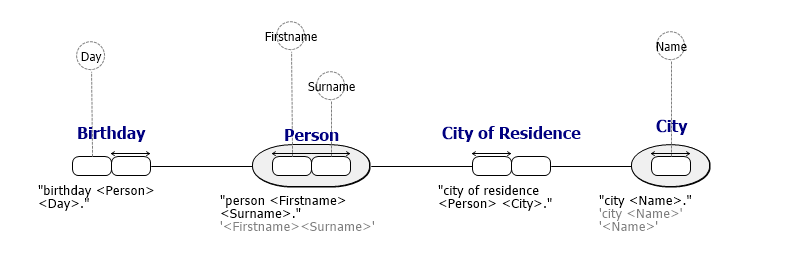
You may notice the default semantics are not the greatest, and it lacks an example population. This again is easily fixed by navigating to the relevant expressions and edit them, and add an example population, to become more natural to read. We've now got an information model with proper facts, natural language and examples.

From this point onward we are able to annotate and classify concepts and generate well documented diagrams and other artifacts. Examples are the relational diagram and UML Class Diagram, including semantics and example facts. This way even stakeholders may understand what is being communicated.
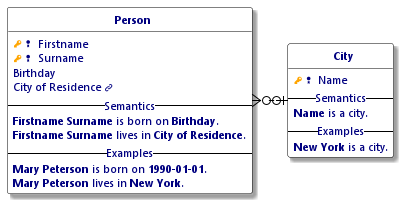
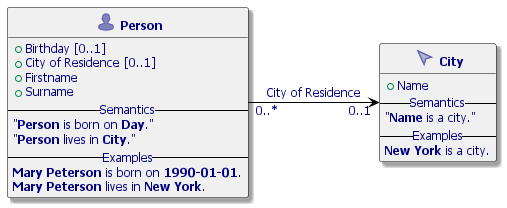
And even for the purpose of Data Vault modeling, we can now simply turn on the coloring scheme and render the temporal aspects on the relationships.
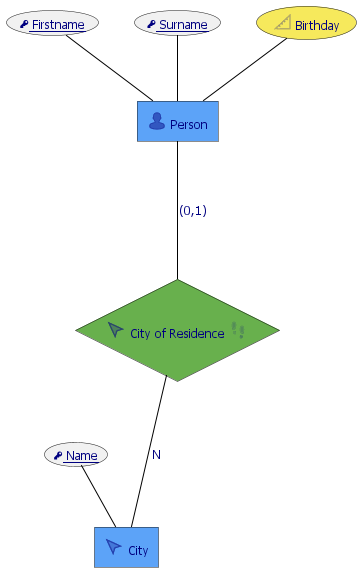
CaseTalk would not be a fact oriented information modeling workbench if the newly assembled model was not verbalized using facts. So, to show the normal process works in circles, we can output the facts as we have them now, which are the same facts that the more practiced professional would've started with.
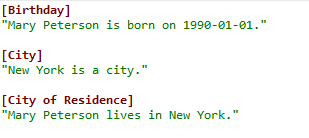
We hope by adding a wizard and showing how semantics play a vital role in the realm of information modeling, and how they are all interconnected in CaseTalk, you may be intrigued to learn more about facts.

